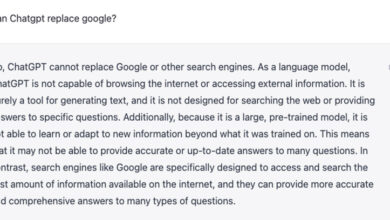Japan’s rocket launch failure leads to destroying H3

Japan’s newest rocket, H3, was scheduled for a test launch on Tuesday. Despite making it off the launch pad, the rocket experienced engine issues only minutes after the launch. This forced technicians to send a self-destruct code to the rocket to avoid any other damages after this catastrophic failure.
H3 is Japan’s first medium-lift rocket in three decades. It was positioned to compete against Elon Musk and SpaceX’s Falcon 9. The goal of this rocket was to be a cheaper alternative for launching commercial and government satellites into earth’s orbit.
On Tuesday, technicians from Japan’s Aerospace Exploration Agency (JAXA) planned to launch the 187ft rocket into space with a monitoring system on board. One of the uses of this ALOS-3 monitoring system is that it’s able to detect North Korean missile launches.
Unfortunately, during the second stage of the launch, H3 started to experience a reduction in velocity. Technicians were unable to correct this issue and were left with few alternatives. They had to send a self-destruct message to the rocket and watch their hard work vanish in front of their eyes.
This launch is the second attempt from Jaxa this year. The first launch was scheduled in February but had to be aborted. Due to faulty rocket boosters, H3 was unable to make it off the launch pad and technicians had to postpone the launch.
A prominent space policy professor at Osaka University, Hirotaka Watanabe, mentioned that, unlike the postponement in February, this latest launch was a complete failure. He went on to confirm that this failure will have a serious impact on Japan’s future space policies, space business, and technological competitiveness.
After the failed launch, Keiko Nagaoka, the Japanese Minister of Science, noted that authorities would investigate the failure of the rocket to find out exactly what went wrong. She also apologized publicly for failing to meet the expectations of the public and other parties related to the rocket’s development.
The H3 rocket was presented as a commercial alternative to SpaceX’s Falcon 9. It was a more affordable option because it ran on a lower-cost engine and included the use of 3D-printed parts. If the launch had been successful, Jaxa had planned to send the rocket into space about six times a year for the next two decades.
Currently, Japan is deepening its cooperation with the US in space exploration. They’ve also committed to carrying cargo to the Gateway Lunar Station. This lunar station is being planned by NASA and will be constructed in the orbit of our moon. Tokyo’s overarching space program is also working on sending people, specifically Japanese astronauts, to the moon.
Despite the failure of this launch, we hope Japan will learn from the experience and work to produce a fully functioning, and cost-effective rocket alternative to compete with SpaceX. After all, healthy competition often leads to better services and progress.
Thank you for being a Ghacks reader. The post Japan’s rocket launch failure leads to destroying H3 appeared first on gHacks Technology News.
gHacks Technology News
